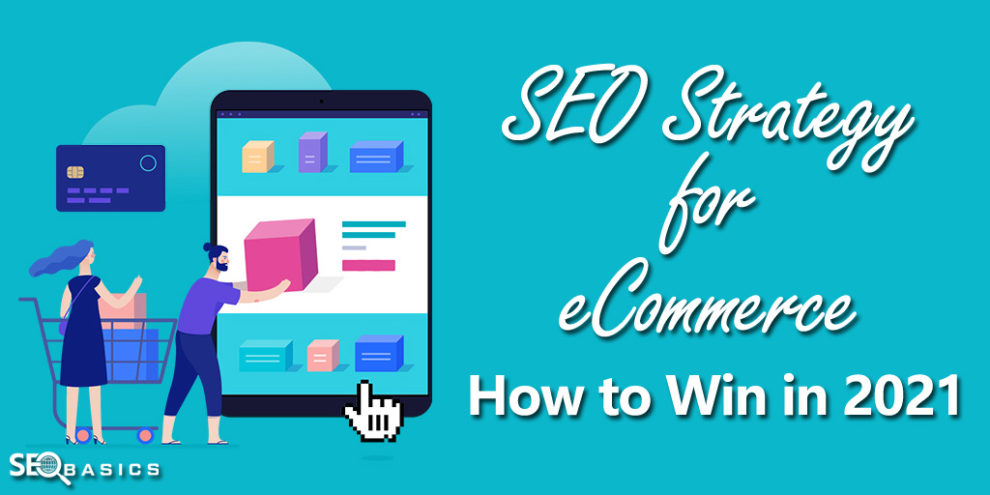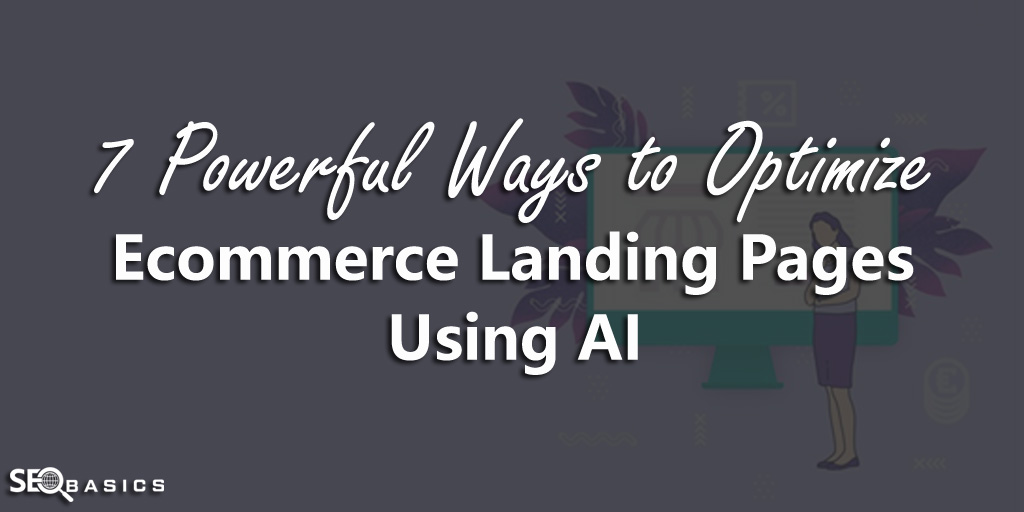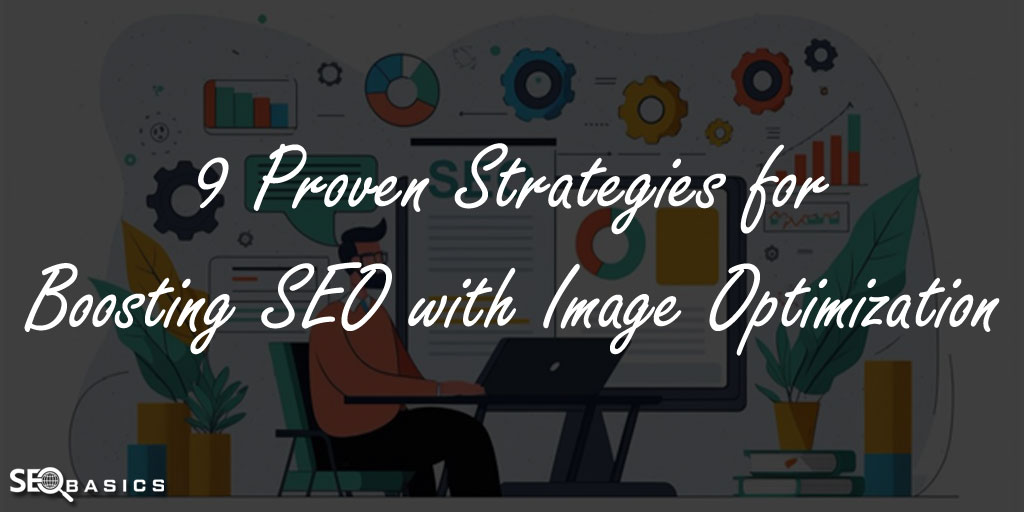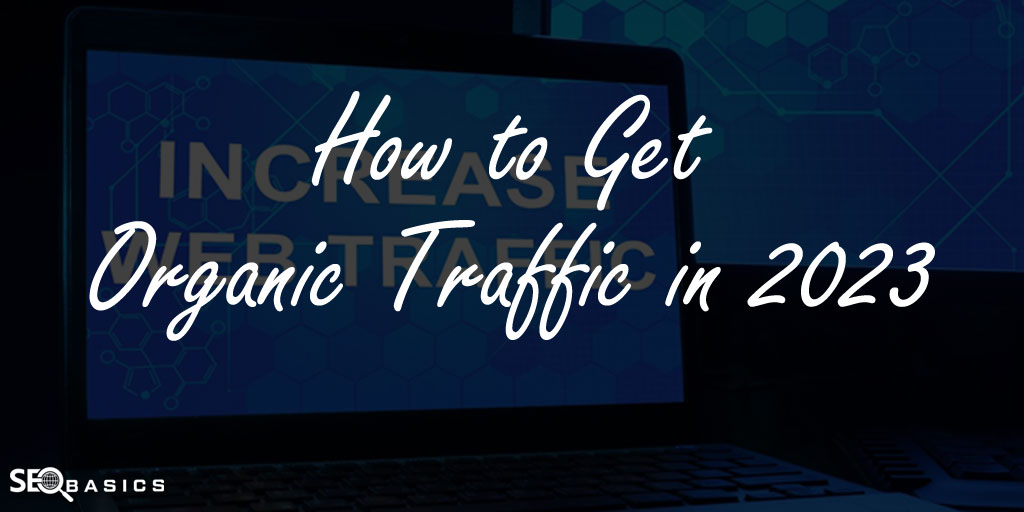In today’s post, you will learn about the latest SEO strategy for eCommerce in 2021.
After implementing these SEO strategies in your eCommerce business, you can get higher results in 2021.
So, let’s start.
eCommerce SEO is the ultimate way to ensure your business gets the attention it deserves online.
Through carefully-planned keyword placement, strategic link-building, and on-page optimization, you can increase your chances of connecting with potential customers and update your revenue too.
However, with algorithms and trends changing almost constantly, it can be difficult to keep your strategy up-to-date.
Figuring out everything from on-page SEO to external link building would give any business owner a headache.
Now that we’re entering the new year, there’s a good chance your old strategies will need a refresh.
But where do you get started?
If you’re in the middle of crafting your plan for brand reach in 2021, don’t panic.
We’ve put together some of the top tips you can follow to win at eCommerce SEO in 2021.
Re-Evaluate Your Keyword Strategy
Keywords are among the most important components of a solid SEO strategy.
However, just because your terms and phrases have been working for you up to now doesn’t mean that they’re going to continue delivering results in the years to come.
Remember, Google has to provide vast amounts of content every second, to countless users.
If you’re not ranking for the right terms, then you could end up at the bottom of the pile.
Start by auditing your current keyword strategy.
Look at the terms that deliver the most return on investment in your social media, content, and PPC campaigns.
Do you seem to get more results from “commercial keywords” that encourage purchasing or are you getting the best outcomes from informational terms?
The keyword strategy for your eCommerce SEO should follow your customers through the entire buying journey, helping to generate trust in your business and unlock new opportunities.
It also needs to resonate with you:
- Brand voice: Make sure you’re speaking your customer’s language and using the phrases, terms, and spellings that make sense to them.
- Brand reach: Think about where you can deliver your products and services. Should you have more local or geographical keywords?
- Marketplace: Don’t forget to consider keywords and marketplace trends when considering the kind of terms you need to rank for.
When implementing your keywords, ensure that you add them to not just the main body of the content on your website, but also the meta descriptions, titles, tags, and other essential components too.
Nevertheless, avoid stuffing too many keywords into one place, as this can look unprofessional.
Discover the Power of Intent
If you want to increase your website’s online visibility during 2021, then you need to make sure that you’re connecting with your audience at every stage of the buyer journey.
In other words, you’ll need to have content on your site that appeals to customers when they’re researching solutions to problems, checking out the competition, and making buyer decisions.
The eCommerce buyer journey starts with awareness. The customer’s intent in the awareness stage is to learn.
During this stage, you might create content that’s committed to informing your customers of the problems they’re facing, and what they can do to deal with them.
Once your customer starts to think that you might be able to improve their life in some way, they move onto the consideration stage.
During consideration, the intent of the customer is to find the best solution, so you’ll need to prove to your audience that you have what it takes to delight them.
Content like whitepapers and thought-leadership articles demonstrate your expertise and credibility.
Reviews and testimonials are often helpful for generating trust too.
Finally, your customer will reach the decision stage of the buyer journey.
In the decision stage, your customer’s intent is to buy something.
This is where you ensure that you give them everything they need to choose you as the solution to their problem.
You might use case studies to prove that you’ve helped similar companies before, or offer information and pricing and deals.
Ensuring you have content in your eCommerce SEO plan for every stage of the buyer journey also means being able to support all kinds of intent.
Improve Customer Experience
Experience is everything in today’s modern eCommerce marketplace.
Your customers will happily pay more for a product or ignore a deal from another company if they know that they’re going to get a great experience from you.
When you’re exploring SEO trends, it’s crucial to make sure that you’re delivering the best possible experiences for your audience, from start to finish.
Experience affects SEO by influencing how many people visit your site, interact with it, and stick around.
If you don’t have a very good website, more people will hit the back button, increasing your bounce rate.
Your “time on page” metrics go down, and Google starts to think that you’re not the best person to help your audience.

Source: unsplash.com
To improve your CX, start by going through the entire purchasing journey as though you were a customer.
Ask yourself if there are any difficult experiences that you would rather avoid?
Was the checkout page too slow to load?
Is creating a customer account for a purchase a long-winded process?
Maybe you could offer guest accounts instead?
If you discover that your CX isn’t as great as it could be, then start making changes.
Something as simple as getting rid of a pesky popup could make a huge difference.
Don’t forget to pay attention to the feedback your customers leave on your site, too, so they can give you advice on the things they would like to see change.
Create an Effective Link Strategy
SEO relies pretty heavily on keywords – but that’s not the only thing you’ll need to consider if you want to make your website stand out.
Beyond the on-site CX optimization and content strategies, you’ll also need to make sure you have a solid link system in place too.
Link building helps Google to understand the value and authority of your domain and page.
Successful link building involves getting as many authoritative companies to link back to your website as possible.
The more you associate your company with other credible businesses, the more Google will assume that you’re trustworthy too.

There are various ways that you can generate more links to your website, such as:
- Brand mentions: Look for opportunities where other companies or individuals refer to your brand without linking back to your eCommerce store and get in touch. Usually, they won’t mind adding a link after mentioning your company.
- Directory sites: Search for directories around your location or industry that refer people to companies like yours. You might be able to get yourself included on a link.
- Sponsored articles: Have influencers and affiliates in your team write articles where they review your products or services, then request for them to link back to you.
- Resource page: Find pages that link to brands similar to yours and reach out, asking for links to your products or “about” page.
You could also write a guest blog for another company in your industry and use that as an opportunity to link back to your own business.
Many organizations are always looking for new sources of content.
Leverage Content Marketing
While the trends of SEO can change from one month to the next, one thing usually remains the same – content is king.
If you want to master eCommerce SEO, you need to know how to create content that engages your audience and delivers genuine value.
Long-form content is often the most useful when it comes to building your online presence.
First, it’s a chance to show you really know your stuff to your customers through in-depth discussions of crucial topics.
Long-form content also means that you can embed more keywords into your pieces without looking spammy or unprofessional.
When creating the best content for your website, think carefully about the kind of things that your audience might want to learn about.

Do you get a lot of the same questions from customers who are considering buying your product?
If so, you could maybe create an article to help answer those concerns.
Think about all stages of the buyer journey and all kinds of intent.
Recognizing the different kinds of sales leads and prospects, as well as the stage they’re in when interacting with your company, will help you to better engage your target audience.
Remember to pay attention to the tracking and analytics tools you have for your website when creating your content, too.
Examining trends like engagement levels, sharing, and time spent on the page will help you to determine what kind of content your audience appreciates most.
Remember to embed mentions of your product and services naturally into your content to make your site’s reach grow.
Make Customers Feel Secure
Trust is a big part of being successful in today’s competitive digital world.
If your customers don’t feel comfortable and safe on your eCommerce website, they’ll find what they need elsewhere.
That’s why it’s so important to make sure that everything on your site works properly, to give your audience peace of mind.
Another way to make customers feel secure and strengthen your SEO standing for 2021 is to use HTTPS.
This basically means that you get an SSL certificate for your website, which encrypts the information that goes between your site and your audience.
The certificate stops anyone malicious from spying on your customer’s data.
While security has always been an important factor for Google SEO, it’s particularly important in this new digital landscape.
A secure site will convince your audience to stay on your site for longer and potentially make purchases.
It also means that you will avoid having your website classified as “not secure” by Google, which could scare people off.
Virtually every website-building tool available today comes with an easy way to add an SSL certificate to your website.
You can also improve the trust that your audience feels towards your brand by placing security trust seals on your website from companies like Norton too.
It’s Time to Update Your eCommerce SEO Strategy
SEO is an essential tool for any business owner, whether you’re building a review site, selling online education, or developing your own eCommerce store.
Without the right search engine optimization strategy, you won’t be able to attract the customers and leads that make your business successful.
Staying ahead of the curve with eCommerce SEO can be tough, particularly when rules and algorithms are always changing.
However, the six steps above will continue to help your business stand out for all of the right reasons in the years ahead.
Remember, once you’ve implemented your new SEO strategy, track your results, all the way from website traffic to conversion rates.
The more you measure your success, the easier it will be to determine where you should be spending your SEO budget.












